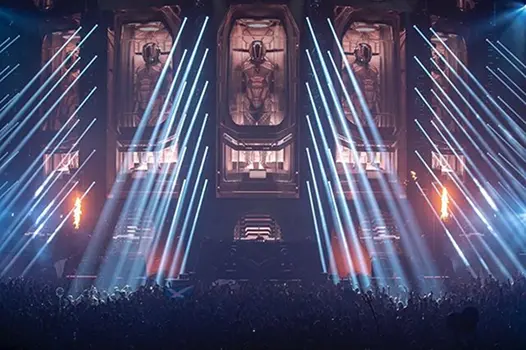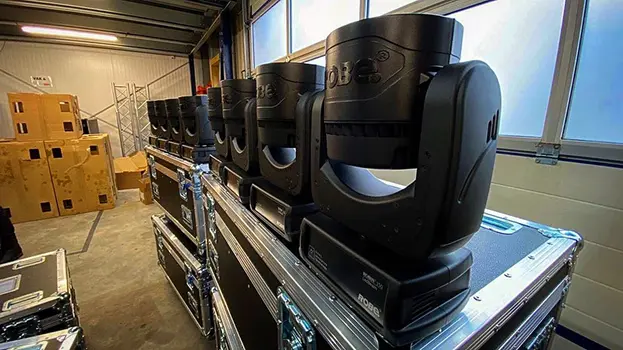GLOBAL / ENGLISH
Contacts
Headquarters
Robe Subsidiaries
Business Development
User login
Global / EN
Application Picker
2.7.2019
Robe Enjoys the Blue Hour at PQ19
Products Involved
Robe embraced the vitality and essence of visual and aural collaboration in supporting “Blue Hour”, a large scale multifaceted immersive installation staged in the Small Sports Hall venue at the Prague Exhibition Grounds for the 2019 Prague Quadrennial of Performance Design and Space (PQ2019).
Previous
Next
Navigate
Log in
Follow Us
Stay in Touch
Navigate
Log in
Follow Us
Stay in Touch
Robe international newsletter
All rights reserved. Created by Appio


















